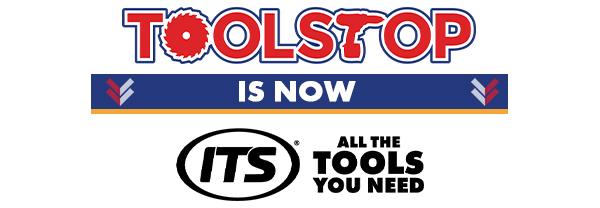Soldering Irons
Soldering irons are essential tools for plumbing and electrical work, ideal for joining metal surfaces with ease. Available in cordless and mains-powered models, ITS offers top brands like Draper, Sealey, and Milwaukee with next-day delivery for all your soldering needs.
Who Uses Soldering Irons?
Soldering irons are versatile tools used by professionals across various industries as well as hobbyists working on specialized projects. Their adaptability makes them a key tool for many applications.
- Plumbers – Use soldering irons for joining copper pipes, ensuring strong, leak-proof seals in plumbing systems.
- Electricians – Essential for splicing wires and connecting components in electrical installations or repairs.
- DIY Enthusiasts – Perfect for hobbyists working on circuit boards, jewelry making, or crafting small metalwork projects.
- Metalworkers – Used for joining gutters, creating custom fixtures, and other metal assembly tasks.
How to Choose the Best Soldering Iron
Selecting the right soldering iron depends on your specific needs, whether you're a plumber, electrician, or DIY enthusiast. From power options to tip compatibility, here are the key features to consider for finding the ideal soldering iron for your tasks:
1. Power Source: Corded vs. Cordless
Corded Soldering Irons: Ideal for continuous use, these offer consistent heat output, making them perfect for workshops or extended projects. The mains connection ensures uninterrupted power.
Cordless Soldering Irons: Great for portability and on-site work, these battery-powered tools are perfect for quick repairs or remote locations without easy access to power outlets.
2. Heat Settings
Adjustable temperature controls allow you to customize the heat for different materials. Higher temperatures are great for plumbing tasks like soldering copper pipes, while lower settings work best for delicate electrical work or small metal joints.
3. Tip Compatibility
Soldering irons with interchangeable tips provide versatility. Fine tips are excellent for intricate electrical work, while broader tips are ideal for larger metal surfaces, such as gutters or pipes. Look for models compatible with a variety of tip sizes and shapes.
4. Heat-Up Time
For quick jobs, choose a soldering iron with a fast heat-up time, often less than 30 seconds. This feature is especially valuable for professionals who need to move efficiently from one task to another.
5. Safety Features
Look for safety features like insulated handles, automatic shut-off, and heat-resistant stands to ensure safe operation. These features are especially important for extended use or in busy environments.
6. Brand and Warranty
Trusted brands like Draper, Sealey, and Milwaukee offer reliable soldering irons with robust build quality. Many also come with extended warranties, providing peace of mind for your investment.
Popular Accessories for Soldering Irons
Pairing your soldering iron with the right accessories ensures optimal performance, safety, and versatility. From enhancing precision to maintaining cleanliness, these accessories are essential for getting the most out of your tool.
1. Soldering Iron Tips
Interchangeable tips allow you to adapt your soldering iron to a variety of tasks. Fine tips are great for detailed electrical work, while broader tips are better for larger surfaces like copper pipes or gutters. Quality tips also ensure consistent heat distribution for cleaner joins.
2. Solder Wire
High-quality solder wire is essential for strong, reliable joins. Available in different compositions such as lead-free or rosin-core, choosing the right solder wire improves adhesion and ensures a smooth soldering process for plumbing or electrical applications.
3. Soldering Mats and Stands
Heat-resistant mats and sturdy stands are key for safety and convenience. Mats protect your workspace from heat damage, while stands securely hold the soldering iron when not in use, reducing the risk of accidental burns or tool damage.
Frequently Asked Questions
What is a soldering iron used for?
A soldering iron is used to melt solder, allowing two metal components to be joined. Common uses include plumbing tasks like soldering copper pipes, electrical repairs such as splicing wires, and metalwork applications like assembling metal gutters.
What is the difference between corded and cordless soldering irons?
Corded soldering irons provide consistent power and are ideal for extended tasks in workshops. Cordless models are battery-powered, offering portability and convenience for on-the-go repairs or remote locations without access to power outlets.
What temperature should a soldering iron be set to?
For most soldering tasks, a temperature range of 315°C to 370°C is recommended. Higher temperatures are better for plumbing and metal repairs, while lower settings work well for delicate electrical work or circuit boards.
What safety features should I look for in a soldering iron?
Important safety features include insulated handles to prevent burns, automatic shut-off for energy efficiency and safety, and heat-resistant stands to securely hold the soldering iron when not in use.
Which brands make the best soldering irons?
Top brands like Draper, Sealey, and Milwaukee are known for their reliable soldering irons. These brands offer models with advanced features, durable construction, and excellent warranties, making them ideal for both professionals and hobbyists.


